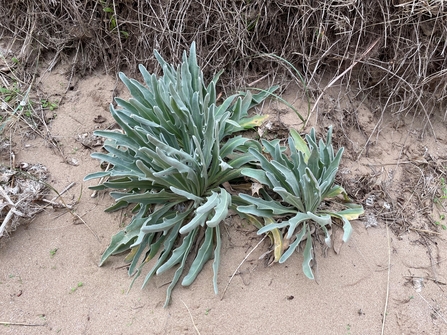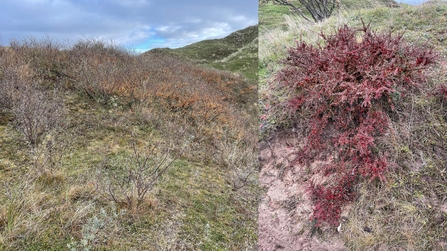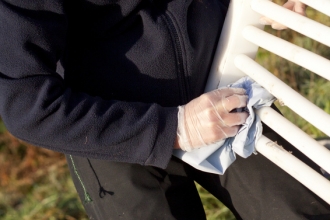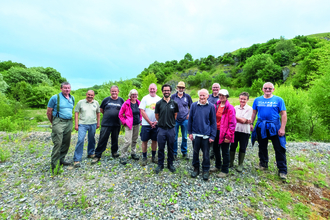The Kenfig National Nature Reserve (Kenfig) is a beautiful Site of Special Scientific Interest (SSSI) in South Wales. I visited Kenfig recently as a project officer for the Wales Resilient Ecological Network, to see how they are tackling invasive non-native species (‘invasive species’). Invasive species are non-native species that have been intentionally or unintentionally introduced beyond their natural range by humans. Their spread threatens native biodiversity and can cause damage to the environment, economy, and our health.
Kenfig covers approximately 1,300 acres and includes an area of sand dunes and Kenfig pool, Glamorgan’s largest natural lake. The reserve is home to many amazing orchids, bird and insect species, whose survival depend on this unique habitat. Kenfig also contains many rare and endangered species, some of which, for example Sea Stock (Matthiola sinuata), can only be found in a few places in the UK!





